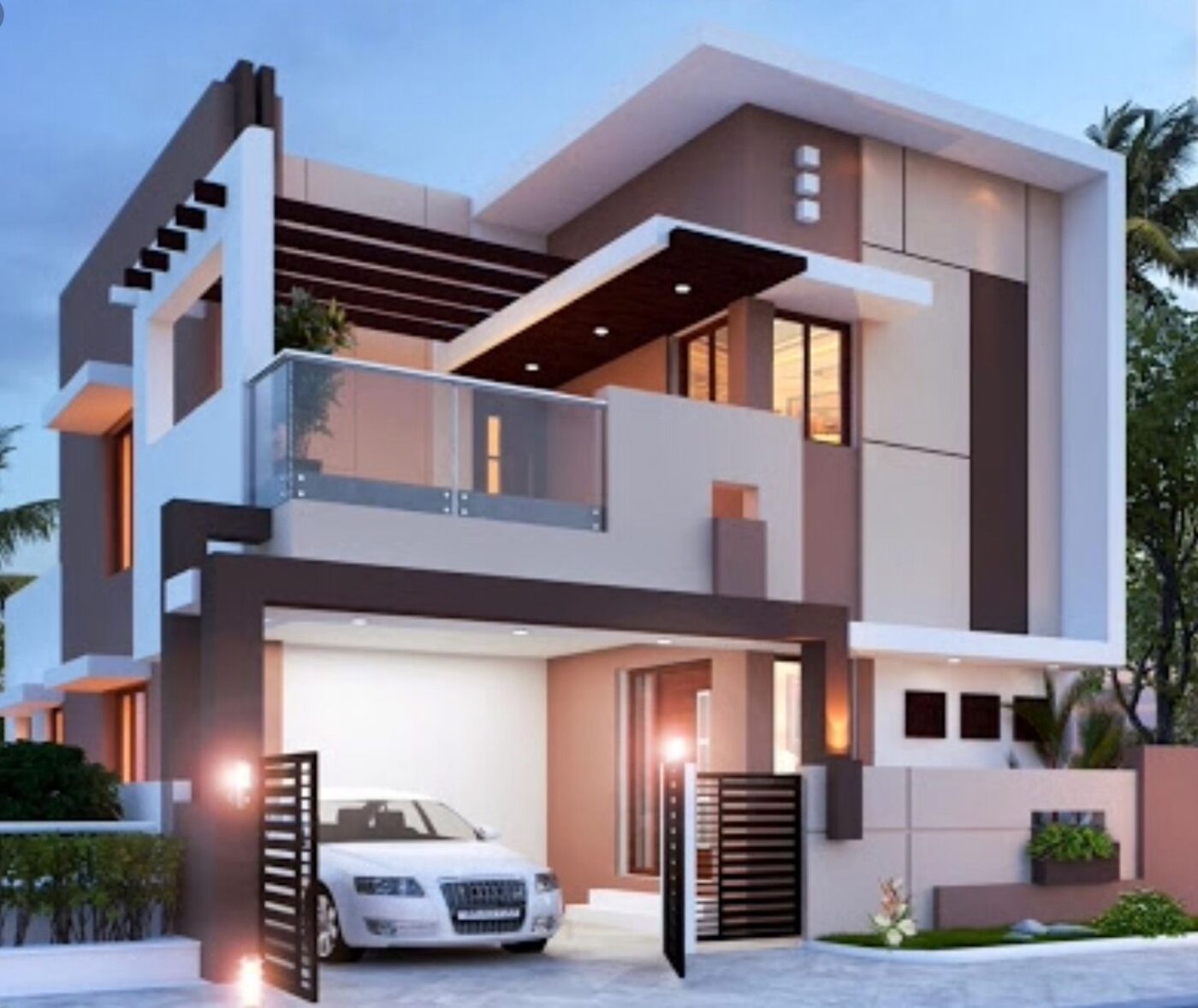Exploring the World of House Designers
Share this:

Diving into the realm of house designers, this introduction sets the stage for a fascinating exploration of their role in the construction industry. From the skills required to the importance of creativity, this topic promises to shed light on the intricacies of house design.
As we delve deeper, we will uncover the various types of house designs, the design process, tools and software used, and the significance of sustainable design practices in creating modern homes.
Overview of House Designers
House designers play a crucial role in the construction industry by creating functional and aesthetically pleasing residential spaces for clients. They are responsible for translating a client's vision into a tangible design that meets their needs and preferences.Skills and Qualifications
Successful house designers possess a combination of technical skills, creativity, and attention to detail. They typically have a background in architecture, interior design, or a related field. Some key qualifications include:- Proficiency in design software such as AutoCAD, SketchUp, or Revit
- Strong knowledge of building codes and regulations
- Excellent communication and interpersonal skills
- Ability to work well under pressure and meet deadlines
Importance of Creativity and Innovation
Creativity and innovation are essential in house design as they allow designers to think outside the box and come up with unique solutions for clients. By incorporating innovative design elements and creative concepts, house designers can create spaces that are not only visually appealing but also functional and practical for everyday living.Types of House Designs
When it comes to house designs, there are various styles that cater to different preferences and aesthetics. Let's explore some of the most popular types of house designs and how designers incorporate client preferences into their creations.Modern House Design
- Characterized by clean lines, open spaces, and minimalistic features.
- Often incorporates large windows, flat roofs, and a focus on functionality.
- Designers may use materials like glass, steel, and concrete to achieve a sleek and contemporary look.
Traditional House Design
- Inspired by classic architectural styles like Colonial, Victorian, or Craftsman.
- Features pitched roofs, decorative moldings, and intricate details.
- Emphasis on symmetry and timeless appeal.
Minimalist House Design
- Focuses on simplicity, clean spaces, and a clutter-free environment.
- Uses neutral colors, natural materials, and functional furniture.
- Eliminates unnecessary elements to create a sense of calm and serenity.
Client Preferences in House Design
- House designers work closely with clients to understand their lifestyle, tastes, and needs.
- They incorporate client preferences through personalized design elements, color schemes, and layout choices.
- Designers ensure that the final result reflects the client's vision while also adhering to practical and aesthetic considerations.
Design Process
When it comes to designing a house, there are several key steps involved in the process. House designers work closely with clients to understand their needs and preferences, ensuring that the final design reflects the homeowner's vision. Site analysis is also a crucial aspect of the design process, as it helps designers assess the unique characteristics of the property and determine the best layout for the house.Typical Steps in House Design Process
- Initial consultation with the client to discuss requirements and budget
- Site analysis to assess the property's characteristics and constraints
- Concept development where designers create initial sketches and ideas
- Design refinement based on feedback from the client
- Finalizing the design plans and preparing construction documents
- Collaborating with builders and contractors during the construction phase
- Final walkthrough with the client to ensure satisfaction with the completed project
Working with Clients
House designers collaborate closely with clients throughout the design process to ensure that the final design aligns with the client's vision. Designers listen to the client's needs, preferences, and ideas, incorporating them into the design while providing professional expertise and guidance. Effective communication and a collaborative approach are key to a successful partnership between the designer and the client.Importance of Site Analysis
Site analysis plays a crucial role in the house design process as it helps designers understand the unique characteristics of the property. By assessing factors such as topography, orientation, views, and environmental considerations, designers can optimize the layout and placement of the house to maximize functionality and aesthetic appeal. Site analysis ensures that the design is tailored to the specific site conditions, resulting in a harmonious integration of the house with its surroundings.Tools and Software
When it comes to house design, professionals rely on a variety of tools and software to bring their vision to life. These tools not only streamline the design process but also enhance the overall quality of the final product.Common Tools and Software
- Computer-aided design (CAD) software: Programs like AutoCAD and SketchUp are essential for creating precise floor plans, elevations, and 3D models.
- Building Information Modeling (BIM) software: Tools like Revit enable designers to create detailed 3D models that include information about materials, structures, and systems.
- Virtual Reality (VR) tools: VR technology allows designers and clients to experience a virtual walkthrough of the design before construction begins.
- Augmented Reality (AR) apps: AR apps like Houzz and MagicPlan help designers visualize furniture placement and room layouts in real-time.
Benefits of Using Technology in House Design
Utilizing tools and software in house design offers numerous benefits, such as increased efficiency, improved accuracy, better collaboration, and enhanced visualization. Designers can easily make changes, experiment with different options, and communicate their ideas effectively with clients and other team members.Examples of 3D Modeling Software Enhancing the Design Process
D modeling software plays a crucial role in modern house design by allowing designers to create realistic and detailed models of their projects. For example, by using software like SketchUp or Revit, designers can:- Visualize the final look of the house from different angles and perspectives.
- Identify potential design flaws or inconsistencies before construction begins.
- Generate accurate measurements and material quantities for cost estimation.
Sustainable Design Practices
When it comes to house designing, incorporating sustainable design practices is crucial for minimizing environmental impact and promoting long-term sustainability. By focusing on eco-friendly solutions, house designers can create homes that are not only aesthetically pleasing but also environmentally responsible.Importance of Sustainable Design
- Reducing carbon footprint: Sustainable design helps in reducing carbon emissions by using energy-efficient materials and systems.
- Preserving natural resources: By utilizing sustainable materials and construction techniques, designers can help conserve natural resources for future generations.
- Improving indoor air quality: Sustainable design promotes healthier indoor environments by minimizing the use of toxic materials.
Strategies for Environmental-Friendly Homes
- Energy-efficient appliances: Opting for energy-efficient appliances can significantly reduce energy consumption in a home.
- Solar panels: Installing solar panels can harness renewable energy sources and reduce dependency on non-renewable energy.
- Water conservation: Implementing water-saving fixtures and systems can help in conserving water resources.
Benefits of Sustainable Materials
- Longevity: Sustainable materials are often more durable and long-lasting, reducing the need for frequent replacements.
- Cost-effectiveness: While initial costs may be higher, sustainable materials can lead to long-term savings in energy and maintenance expenses.
- Environmental impact: Using sustainable materials helps in reducing waste generation and overall environmental impact during the construction process.

